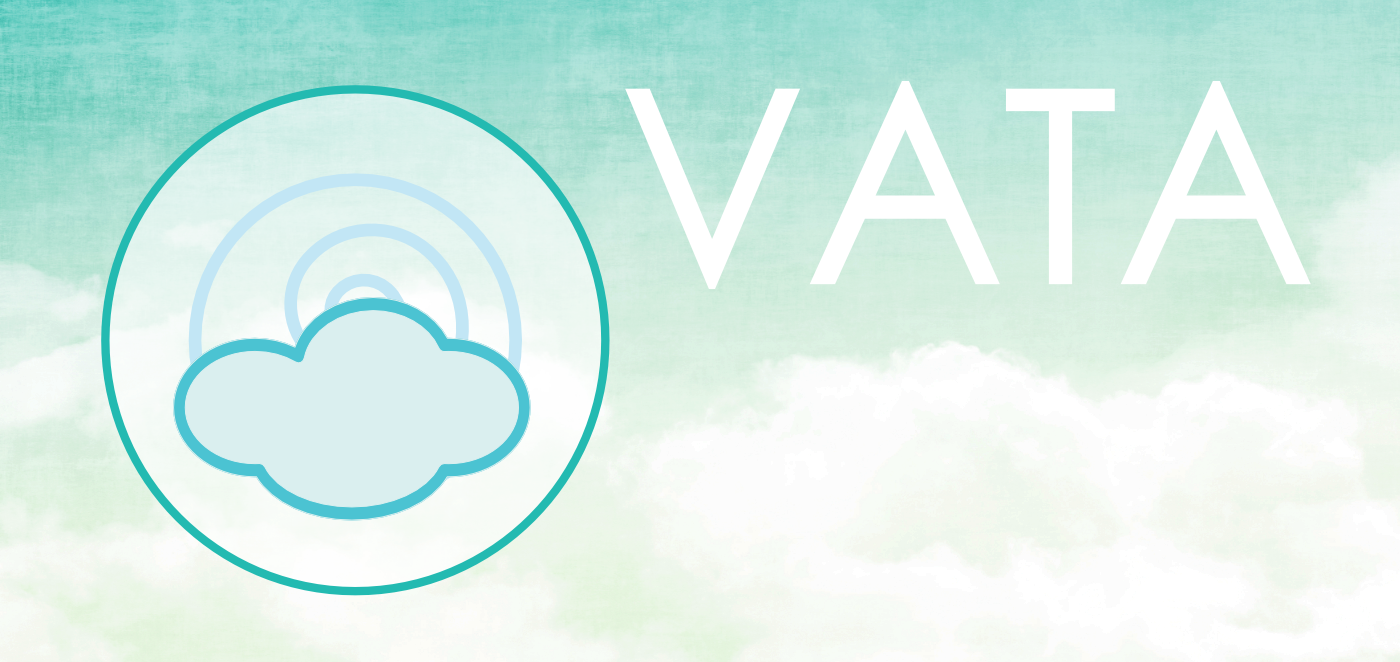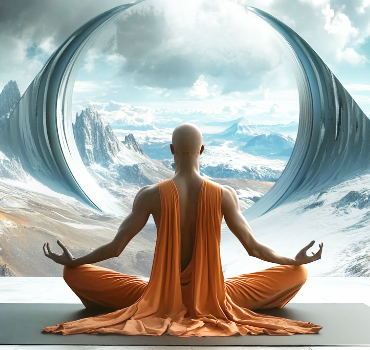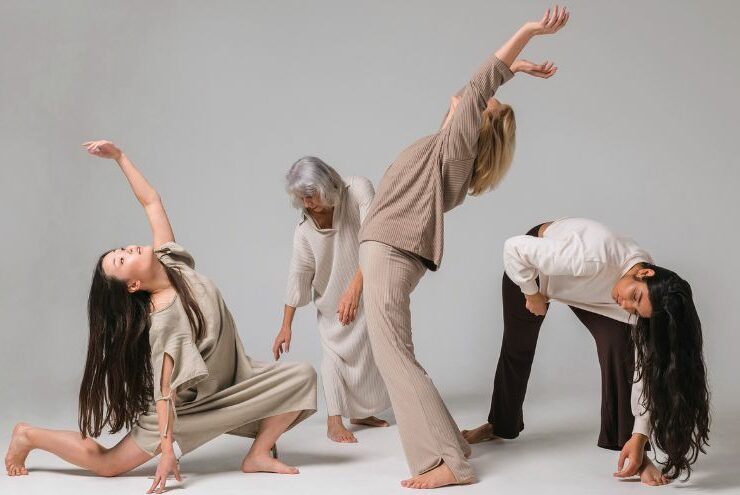Does tracking your mood make you happier?
How would you feel about assessing and recording your mood every 15 minutes, every day? Do you think it would make you happier? Apparently, there are people who do that, and there is a huge variety of apps on the market that allow you to track the impact of every activity and interaction on your mood, all with the purpose of “happiness optimization.” What could possibly go wrong?
In the last couple of weeks, I have read two articles in the New York Times on how to capture that elusive state of happiness. I think that these two articles pair together very well. The first one, How to Strengthen Your Happiness Muscle, is written by a psychologist who offers concrete, actionable steps to “boost your drive to seek out positive emotions and enjoy life.” Another article, Are we happy yet? was written by a journalist who is trying to understand and implement similar strategies with modern technology without much success. I thought that together, these two articles perfectly illustrate how even the best strategies and recommendations can get distorted and misused. This applies both to our daily lives and our yoga practice. Let’s explore.
The advice given by a psychologist, Jenny Taitz, in the first article reflects current research on positive psychology and ancient Eastern wisdom. It can be boiled down to two main suggestions. To feel happier on a daily basis, we need to
- Override our negativity bias, a survival strategy that causes us to zoom in on the small negative things in our lives and ignore the great, wonderful things we have/experience. To override our negativity bias, we need to intentionally bring attention to our good fortunes, accomplishments, and small joys in our daily lives.
- Savor our experiences in all their wonderful complexity through all our senses and take time to register those experiences in our brains. This trains our brains to embrace the direct experience of any event instead of defaulting to mental chatter about it.
To be able to do these two things, we need to pay attention to how we feel from moment to moment, and it’s useful to notice which activities, interactions, and experiences make us feel good and which ones bring us down. And this is where things start going off the rails. There are now thousands of different apps and tools on the market that allow you (and even force you with their notifications) to track your “happiness level” every moment of every day. The intention is probably good – it helps you to know the types of experiences that lift you up and the kinds that drag you down. But attempting to assess every single thing you do or feel with a happiness toggle (did this chat I had with a friend make me feel 75% happy, or just 60%?) is exhausting, agitating, and stress-inducing, as the author of the second article demonstrates. It is such an interesting paradox: it’s good for you to label your positive experiences and expand your vocabulary to describe them (for example, “I feel tranquil, thrilled, elated, inspired, moved, grateful, peaceful,” and so on, rather than just “I feel good”). On the other hand, trying to judge your experience and rate it compared to other similar experiences is not happiness-inducing at all.
As humans, we can get obsessed with tracking, measuring, comparing, and optimizing everything to death, just to have the actual experience of living in the moment that can give us greatest joy, slip through our fingers.
And there is a reason for that in our neurocircuitry. There are two distinctive and very different ways of experiencing the world. One involves “narrative brain circuitry” when you mentally narrate your story, analyze it, and assess it. “When you experience the world using this narrative network, you take in information from the outside world, process it through a filter of what everything means, and add your interpretations.”(1) Your left brain hemisphere is a master of this narrative circuitry.
Another way of perceiving the world is called “direct experience,” and it involves perceiving the world through your senses without the additional filter of interpretations. You are taking in information in real time. “Activating the direct-experience network increases the richness of other incoming data, which helps you perceive more information around you. Noticing more information lets you see more options, which helps you make better choices.” (1) The right side of your brain is very good at seeing the whole picture and experiencing each moment in all its complexity.

When one way of perceiving the world becomes more active, another one becomes more subdued, and vice versa. Yogis told us long ago, “Objective sensory perception stabilizes and focuses thought”(Sutra 1.35). In other words, paying attention to our sensory input stops the mind from spinning and overanalyzing. “Experiencing the world through the direct-experience network allows you to get closer to the reality of any event. You perceive more information about events occurring around you, as well as more accurate information about these events. Noticing more real-time information makes you more flexible in how you respond to the world. You also become less imprisoned by the past, your habits, expectations or assumptions, and more able to respond to events as they unfold.” (1)
This is all well and good, but, the second article argues, “there is surprisingly little support for many widely recommended strategies,” [to increase happiness] including meditation, exercise and being in nature.”
Well, it depends on how you approach it, doesn’t it? Simply walking in the woods won’t make you feel happy if, during your time there, you keep mentally fuming about some real or imaginary slight that somebody subjected you to. It doesn’t matter what you do; if you keep running your narrative brain circuitry, your mind will keep spinning, which is not happiness-inducing. But even the most mundane task, like washing the dishes or folding laundry, can become meditative and enjoyable if we immerse ourselves in it and experience it with all our senses.
The same applies to our yoga practice. If you want to feel more content after your yoga practice, it matters less what you do with your body and much more where you place your attention. Which circuitry are you running while doing a Warrior pose? Are you daydreaming, venting, or ruminating, or are you feeling your foot in contact with the ground, sensing the rhythmic expansion of your ribcage, and making slight adjustments to the position of your pelvis?
Living in the moment and experiencing each moment fully helps us stay present in the now and facilitates positive thinking. This, however, is very difficult to do, if the app on your phone keeps pinging and the happiness survey keeps nagging at you: How would you rate your happiness now? How about now? And now?
One of the commenters to the second article, I think, summarized it perfectly. They said: “The pursuit of happiness will make you miserable. Happiness isn’t a destination. Happiness is a decision.” What do you think?

Fundamentally, yoga is about settling the vortex of the mind and eliminating some of that incessant mental noise. Only when the mind settles, says sage Patanjali in his Yoga Sutras, can you see yourself for who you are and the world around you for what it is (sutra 1.3). Otherwise, he warns, we continue to spin in our mental vortex and define ourselves through our misguided assumptions, painful past, and fears of the future (sutra 1.4).
References
- Your Brain at Work: Strategies for Overcoming Distraction, Regaining Focus, and Working Smarter All Day Long by David Rock
- How to Strengthen Your Happiness Muscle by Jenny Taitz
- Are we happy yet? by Jessica Grose










Well written and explained, Olga. It isn’t always easy to explain such deep yet simple realities .Appreciating how you did that. Nicely done. Thank you.
Thank you, Diana! I try to keep an eye on my own narrative vs direct experience circuitry, although without any apps 🙂